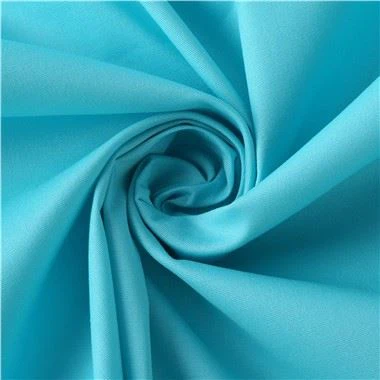What standard color cards are commonly used in textile printing and dyeing?
Apr 08, 2024
1. PANTONE color card

The PANTONE color card should be the one that textile and dyeing practitioners contact the most color card.
Pantone, headquartered in Carlstadt, New Jersey, USA, is a globally renowned authoritative organization specializing in the development and research of colors. It is also a supplier of color systems, providing professional color selection and precise communication language for various industries including printing and other related colors such as digital technology, textiles, plastics, architecture, and interior design.
The specialized color card for the textile industry is the PANTONE TX card, which is divided into PANTONE TPX (paper card) and PANTONE TCX (cotton card). The PANTONE C and U cards are also frequently used in the printing industry. The annual Pantone annual fashion colors have already become a representative of world fashion colors.
2. COLORO color card

COLORO is a revolutionary color application system developed by China Textile Information Center and jointly launched with WGSN, the world's largest trend prediction company.
Each color is encoded with 7 digits and presented in the 3D model color system. Each encoding represents the intersection of hue, brightness, and chromaticity. Through this scientific system, 1.6 million colors can be defined, consisting of a combination of 160 hues, 100 luminosities, and 100 chromaticity.
3. DIC color card

DIC color cards, originated in Japan, are specifically used in industrial, graphic design, packaging, paper printing, architectural coatings, inks, textiles, printing and dyeing, design and other fields.
4. MUNSELL color card

This color card is named after American colorist Albert H. Munsell (1858-1918), and the Munsell color system has been repeatedly revised by the National Bureau of Standards and the Optical Society, becoming one of the recognized standard color systems in the color industry.
5. NCS color card

The research on NCS began in 1611 and has now become a national inspection standard in countries such as Sweden, Norway, and Spain. It is the most widely used color system in Europe. It describes colors by looking at them with the eyes, and the basic properties of colors, such as blackness, chromaticity, whiteness, and hue, can be determined by color numbering.
6. RAL color card

RAL, German Lauer color card. The German European standard is also widely used internationally. The 4-digit RAL color has been used as a color standard for 70 years and has now developed to over 200.
7. CSI textile color card

The CSI Color Card is a market leader in textile solutions, providing solutions for all stages of textile production and providing precise and colorful color management tools for businesses and trade retailers in the textile supply chain.
8. YKK zipper color card

The YKK color card is a special color card for YKK zippers and YKK products. The YKK color card consists of six pages and includes 582 colors, with an average distribution of 100 color positions on each page. The latest YKK color card has 18 color positions vacant on these six pages, while the remaining 582 colors are all displayed as fabric samples.
9. Ango ARCHROMA cotton color card

Ango ARCHROMA cotton fabric color is the latest synthetic color code for clothing, textile, and soft home designers and product developers. This color card consists of six color schemes and 4320 color codes, with NFC chips inside. Detailed color data can be obtained by scanning with a mobile phone, and each color code is equipped with recommended formulas for active, dispersed, and acidic dyes.
10. SCOTDIC cotton color card

This color card offers 2300 different SCOTDIC colors, each with a color block size of 1.5 x 4 centimeters. Each color block has a self-adhesive backing tape at the back, which can be easily peeled off and re glued back after color matching. It is widely used in clothing design, textile printing and dyeing, color sampling, color verification, and import and export textile trade.
11. Japanese three color card

The three color card in Japan has become a widely used color reference book in the sock industry. Every year, customers use the colors listed in the three color catalog as a reference template for product color design. After a new revision, it has been revised into 365 colorful and versatile colors, widely used in the sock textile industry.






